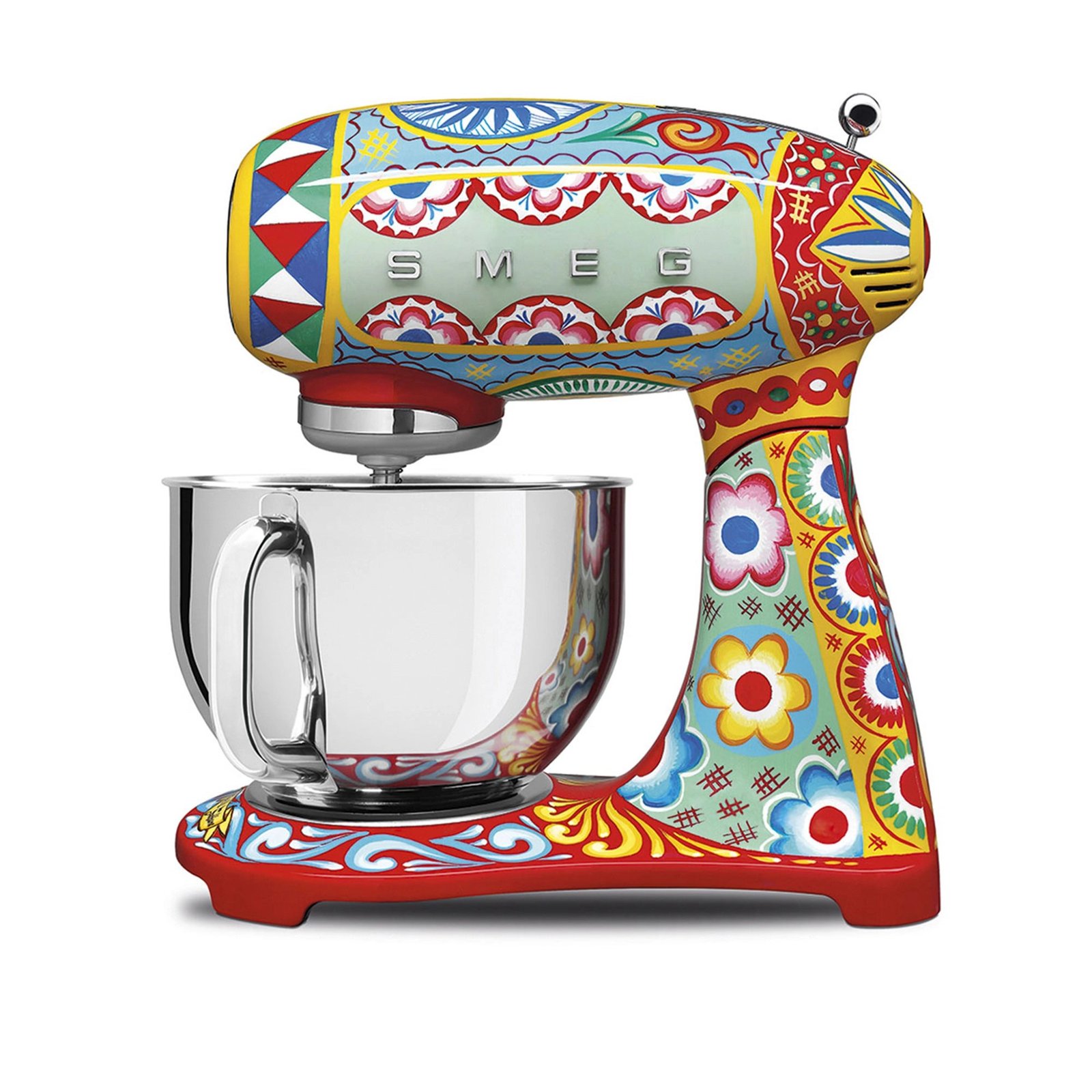Article — 3 Min Read
Product Tests from Concept to Market
Product tests are crucial for maintaining product quality, ensuring regulatory compliance, improving product performance, enhancing user satisfaction, and minimizing risks and costs.
From the first concept of your product, all the way to market and beyond – product tests give you valuable insights. Evaluating products helps make data-driven decisions, which increase the chances of success in the market.
Reasons for conducting product tests.
There are many good reasons for product tests. You can start testing during idea and concept stages, to find out if there is any market potential to begin with.
Product testing to raise user satisfaction can give your business a competitive advantage in the marketplace, attracting more customers and potentially commanding premium prices. It’s a good idea to benchmark against competitors’ products to keep your market lead or challenge the market leader.
It allows you to gather feedback on the product’s usability, user-friendliness, and overall user satisfaction. This feedback can be useful for making improvements and enhanced user experiences. In addition to the product itself, important details such as design and package could be tested, as well as advertising campaigns online and offline..
Testing your products can provide valuable data for research and development efforts, helping organizations improve existing products and develop new ones. Changing one or more ingredients or materials in an established product is a good reason to test it.
Product tests can also help uncover defects, flaws, or issues in the product, allowing them to be addressed before the product reaches the market. Additionally, product tests help ensure that the product meets the specified quality standards and requirements, including compliance with industry standards and regulations.
A test can of course also be used to secure that the product operates reliably and consistently, reducing the likelihood of unexpected failures. Thorough tests could show how well the product performs under various conditions, such as stress testing, durability testing, and performance testing. Detecting issues early in the production process can save money by reducing the need for expensive rework, repairs, or recalls.
Different types of product tests
In hall or CLT (Central Location Testing. This is qualitative market research which takes place in a specific, controlled environment such as our testing facilities, a shopping mall, restaurant or other suitable location.
Home usage test (HUT). This is a market research technique used to evaluate products, typically consumer goods, within the real-life settings of consumers’ homes. This type of test is a valuable method for companies to gather feedback on their products’ performance, usability, and acceptance in a domestic environment. Participants use the product as they normally would in their everyday lives, and are often asked to keep diaries, record their experiences, or fill out surveys about their experiences with the product.
Sensory test. This method is used to assess and analyze the sensory characteristics of a product, such as its taste, smell, texture, appearance, and overall sensory experience. These tests are commonly used in various industries, including food and beverages, cosmetics, perfumes, textiles, and more, to understand how consumers perceive and react to different sensory aspects of a product.
UX test. UX test is short for ”User Experience test,” is a research and evaluation method used to assess the overall experience of users when interacting with a product, service, or system. It is a key component of user experience (UX) design, which focuses on creating products that are user-friendly, efficient, and enjoyable to use. Common methods and techniques used in UX testing include usability testing, A/B testing, eye tracking, cognitive walkthroughs and heuristic evaluations.
Ad- and copy tests. These kinds of tests are market research techniques used to evaluate the effectiveness and impact of advertising campaigns, POS signage as well as other content. They are essential for assessing how well ads and messaging resonate with the target audience and whether they are achieving their intended objectives. Neuroscientific techniques and eye-tracking are a couple of methods that we use, as well as focus groups and surveys.
Need to test a product for the Swedish market?
We at AskSweden have deep local knowledge of the market in Sweden, as well as long experience of product tests of various kinds, from food & beverage to electrical appliances. Our facilities are centrally located and we have a well-regarded recruitment team.
With our services in product testing, there are opportunities for advanced analytics and statistical tests, such as Conjoint, Max-diff and Driver analysis or neuroscience tools such as eye tracking, GSR or facial coding.
We would be thrilled to discuss your projects and needs for product tests in the Swedish market!
Please contact us for further information and discussion.
AUTHOR
Johan Jyrwall
Head of Sales and Project Management
Johan is an experienced researcher, entrepreneur, and project manager.
He have a solid track record in delivering insights for over 20 years for clients, domestic and international.





